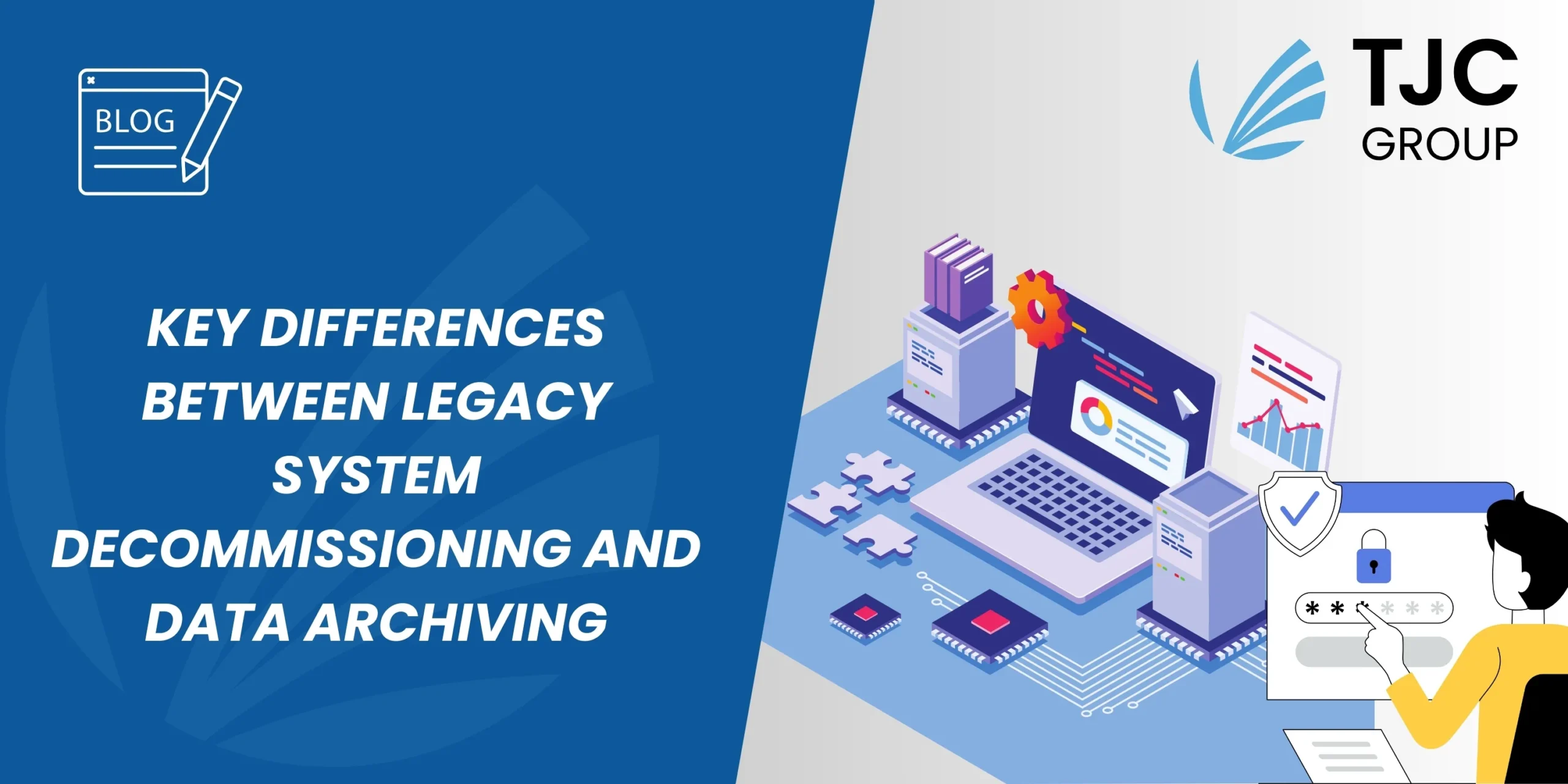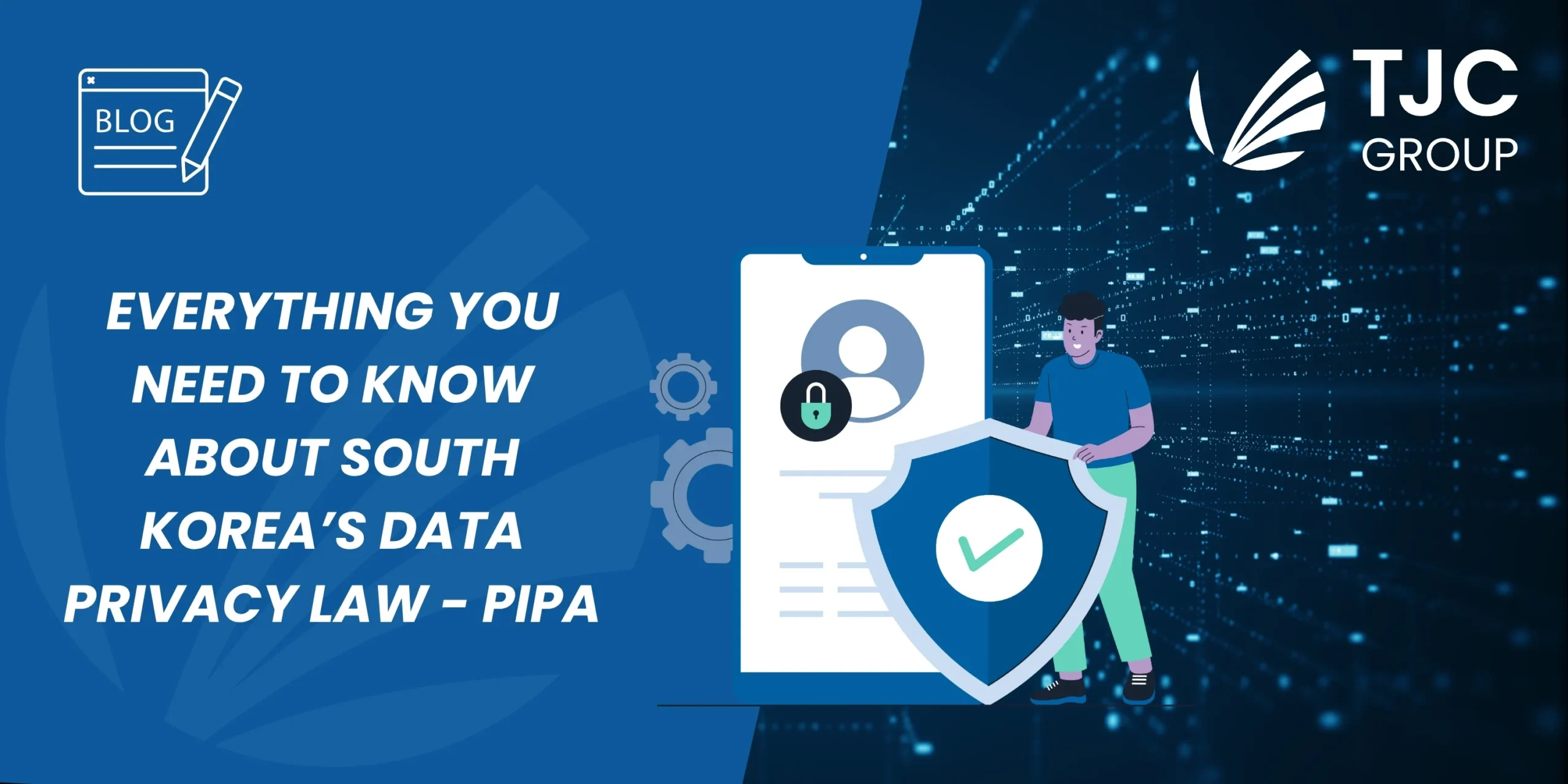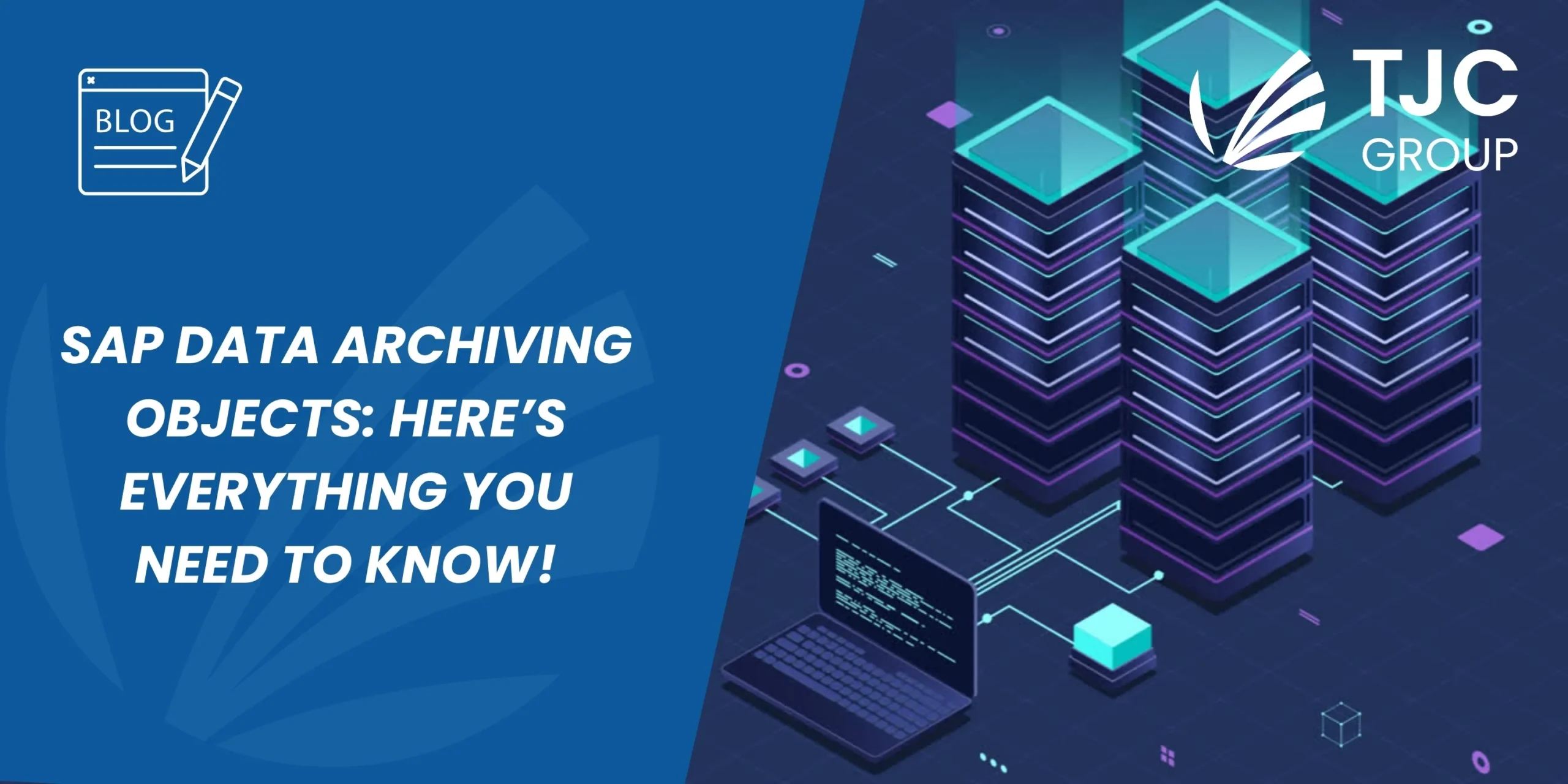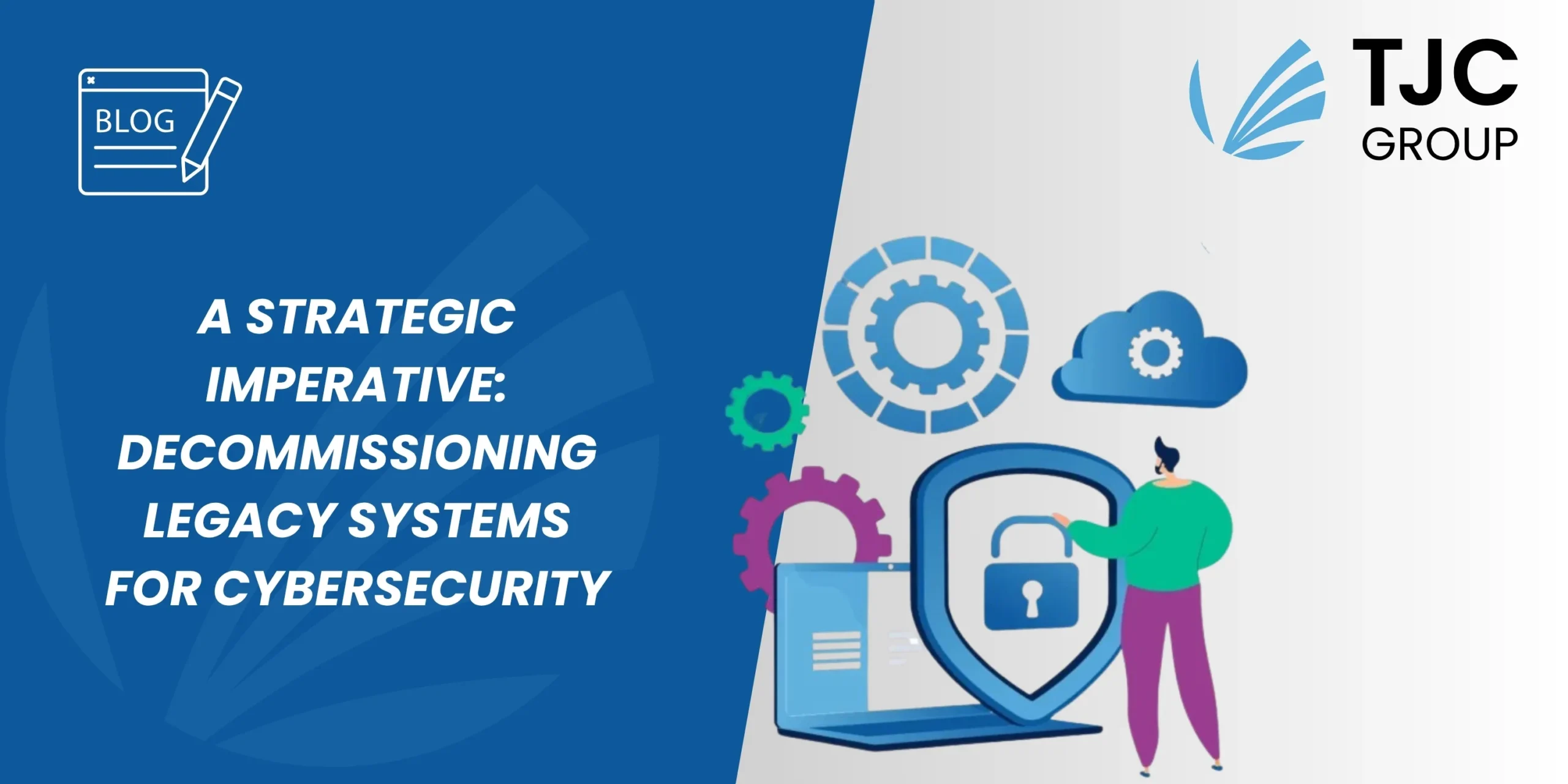Author: Isa Beck, SAP Archiving and ILM Consultant, TJC Group
Organisations use business systems to run their day-to-day operations. With such systems, they can effectively manage their business processing, handle and manage business-critical data, and provide services to their customers. So, it’s safe to say that these systems are the backbone of any organisation. However, over a period of time, these systems become outdated and redundant, and businesses must let go of such systems. If this does not happen in a timely manner, companies have to spend a sizable amount to keep these systems running. To be honest, the price of maintaining such SAP legacy systems is quite significant. In this blog, you will explore some of the key factors that make legacy systems difficult to maintain and put a major strain on IT teams and your financial budget. Continue reading to learn more about this interesting topic.
Table of contents
Introduction
In this digitally advanced era, it’s neither uncommon nor unusual to find companies that have a (possibly dormant) legacy system within their landscape. There are many reasons why the legacy SAP system exists. It might be due to a lack of resources and the time required to decommission, or the business teams will require access to data for tax and audit reasons. Even sometimes, the legacy system exists simply because it was forgotten about. The truth is that accessing legacy data is a real pain point. But what is the true cost of maintaining those SAP legacy systems? Well, to find the answer to this question, read our detailed article, which was mainly published in e3zine magazine.
Key takeaways from our article
There are numerous reasons why organisations must consider decommissioning legacy systems. Here are some of the top ones:
The landscape of SAP legacy systems
Understand how maintaining legacy systems is costly for organisations. Explore how you can eliminate such unnecessary costs with legacy system decommissioning and invest that money in more required infrastructure.
Licensing costs
Surprisingly, organisations often overlook the real cost of maintaining legacy systems, which is the cost of operating system (OS) licenses, database, and SAP licenses. To run and support your outdated systems, you will have to cover all these extra expenses.
Security costs
It doesn’t matter if you are using legacy or upgraded systems – security is of utmost importance. SAP legacy systems are often vulnerable to data breaches and cyberattacks, and if such systems are connected to your main systems, the entire landscape becomes vulnerable to security threats.
Upgrades
Because legacy systems are outdated, upgrading takes time, sometimes more than a week, which requires a significant number of technical resources and costs.
Data privacy regulation
Applying data privacy regulations to legacy systems is quite complex. This is because these systems were developed almost 2 to 3 decades ago, which makes it difficult to apply the current regulations to such systems. Moreover, if organisations continue to keep the data in their legacy systems without a justifiable reason, they will have to pay hefty penalties to the authorities.

FAQs
Q1. What are legacy systems?
Answer:
SAP legacy systems are nothing but your old or outdated systems, software, hardware, or technology which are not currently in use. These obsolete systems may still be functional and critical for organisations, but their age and lack of modern capabilities can become challenging for companies to grow and scale.
Q2. What makes business systems legacy systems?
Answer:
A system becomes a legacy system when it no longer effectively supports business requirements. Such systems are difficult to integrate with newer technologies or lack vendor support. This often happens due to rapid technological growth, causing a gap between obsolete systems and modern solutions.
Q3. What is legacy system decommissioning?
Answer:
Decommissioning of legacy systems is a process of retiring and shutting down outdated systems. It is an efficient method to carefully extract legacy data from old systems, uploading the data to a legacy system application, and then removing the SAP legacy system entirely.
Q4. Why must organisations consider decommissioning legacy systems?
Answer:
It requires significant costs, skilled professionals, and time to maintain legacy systems. Furthermore, such systems are often susceptible to security threats. By decommissioning legacy systems, companies can reduce the pressure on their IT teams, secure and fortify the entire SAP landscape, and simplify the SAP environment within the organisation.
Q5. Does legacy data remain accessible after the decommissioning process?
Answer:
Yes, of course. In fact, accessibility is one of the most important requirements for legacy data. This old data is essential for organisations to comply with regulatory requirements and fulfil audit-related needs. This legacy data can be easily accessed with the help of legacy system applications. With our legacy system application, ELSA, which is built with SAP BTP, organisations can preserve their data in a secure storage and access it whenever they need. This way, companies can easily decommission their SAP legacy systems, preserve the data in a safe repository, and access it to comply with regulatory needs and industry standards.









